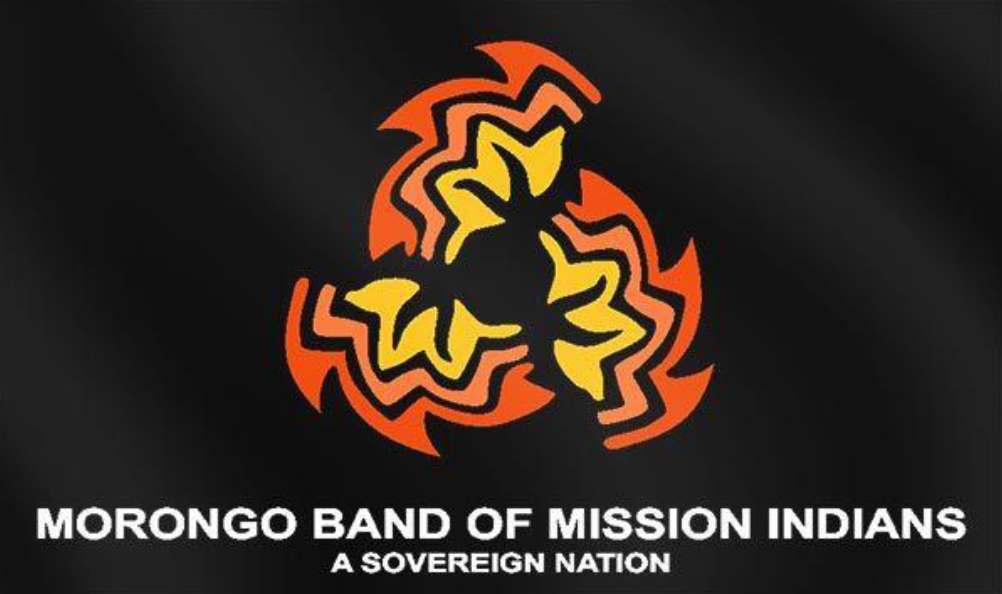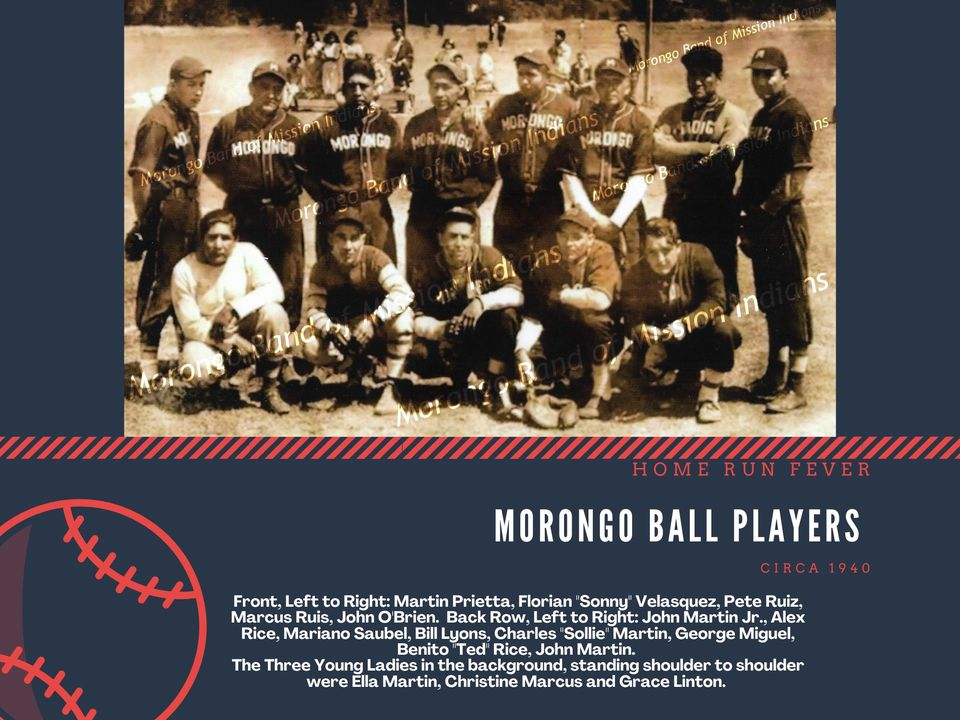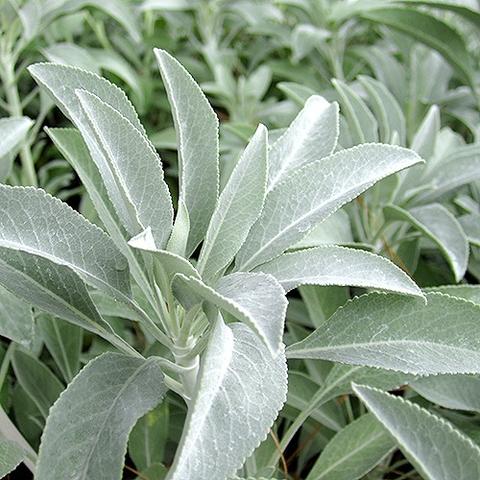Your cart is currently empty!

The Flag of Morongo
To better understand the meaning of our flag, we need a better understanding of what is on it.
Firstly, we will start with the name “Morongo Band of Mission Indians”. What does that mean? What does that truly stand for? The name Morongo originates from one of our historic leaders in the late 1800s to the early 1900s, John Morongo who set forth the path of government and tribal relations. Originally the Morongo Reservation was established under a different name in 1876, Potrero. The Band of Mission Indians originates from the Mission Indian Federation (MIF) that was Southern California’s most popular and long-lived grass-roots political organization. Between 1919 and 1965, its membership wrestled with some of the most difficult political and legal questions of the 20th century. The MIF asserted rights to internal Sovereignty.
This leads to the phrase A Sovereignty Nation, meaning that our reservation Morongo is a self-governing nation with a government to government relationship with the state and federal government.
Lastly, but not least this brings us to our Symbol of Morongo. This symbol originates from one of our beautiful baskets currently on display at the Malki Museum. When Morongo won their gaming rights they needed a symbol of representation for their business going forward. When the tribe was looking for a symbol to represent the reservation they turned to an elder for advice on the matter, the design on this basket that was appointed fit the task at hand. This basket design represented Thunder and Lightning and to our people, the thunder and lightning represents a change in our environment and we felt that gaming brought upon a change in our tribal environment.
Morongo’s Baseball Team (Circa 1940)

The Importance of Sage

This is what we believe as Native People:
When we gather sage, we must be mindful of our surroundings. We must pay attention to the ground as the living creatures that may be around. We are mindful of what the plants look like. Are they healthy? Are they damaged? Are there endangered species around? Are there dangerous plants around? We are mindful of the time of the year because some plants still might be making seeds, thus it is the wrong time to harvest. It’s always best to be with an adult that knows about these plants before hand.
When are out in the field and have an intention to harvest, it’s a good idea to bring tobacco and water. This is to give as an offering, we offer these things because we are taking. If we want to pick sage, we offer it tobacco in return for the sage that we are taking. We do our best to not just take from this word, but we try to give back as well. This is also why we bring water with us, we pour water on the plant we are taking from as well as the surrounding plants. Speak your intentions to the plant as you’re pouring out the water. Tell it why you need it as you give your pinch of tobacco and thank it.
Always be mindful not to just pick a lot of one plant, try to spread it to other plants if you need it. We do our best not to over harvest one plant or in one area. What we are eating, so are the animals of the area. If we take the seeds of the sage before they are ready, we are taking the food of the birds.
Elder Katherine Siva Saubel said “The plants are alive. They might not communicate the way we do, but they do communicate. They feel us. This is why you talk to the plant before you pick it. Tell it why you need it, praise it, tell it how beautiful it is, and how much it is going to help you. Then as you are picking it, tell it thank you. After each piece, thank you.”
